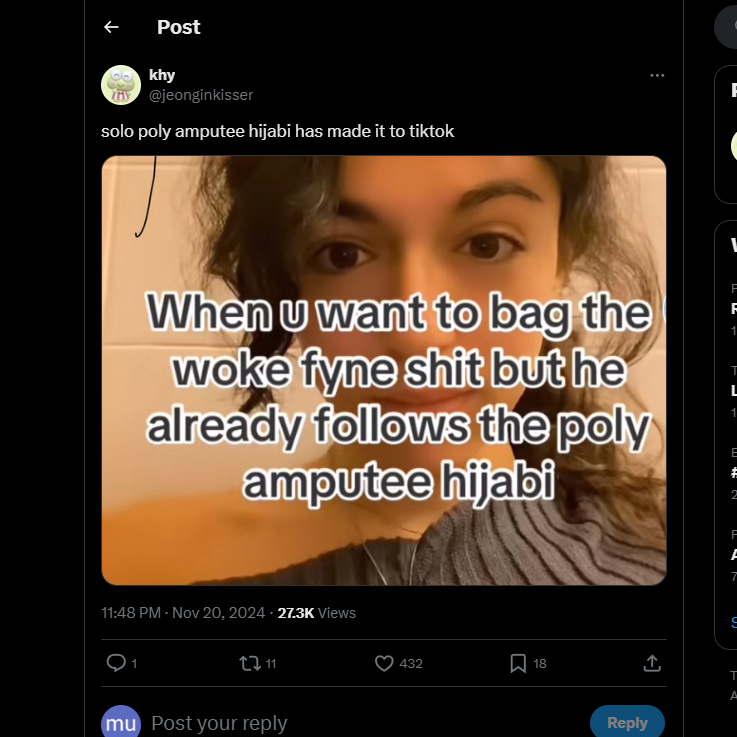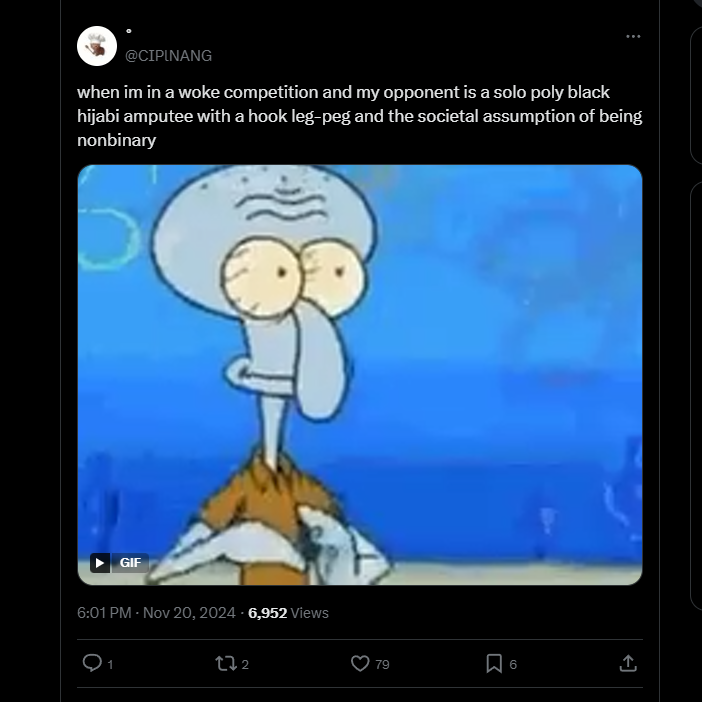Encoding and Decoding are basic processes in media and communication, as elaborated in the seminal Encoding/Decoding model by Stuart Hall (1980). This dynamic interaction not only frames how messages are constructed and interpreted but also reveals the cultural, ideological, and technological forces at play. From advertisements to social media trends, these processes continue to shape modern narratives.

Understanding Encoding and Decoding
Encoding is a process through which creators put messages into context, embed meaning in language and visuals, and use context. Decoding, however, is a process where the audience decodes the messages through the influence of their cultural and personal frameworks. Hall’s three decoding positions-dominant-hegemonic, negotiated, and oppositional-show diversity in audience interpretations (Hall 2006). The process renders communication an active and participatory exchange.
Decoding Across Cultures
Decoding is significantly influenced by cultural differences. García Canclini (2008) suggests that hybridity dissolves traditional borders, further complicating decoding. A commercial created in the West may foreground individualism, for example, but the audience in the East decodes the same commercial within the contexts of community.
The Encoding-Decoding Cycle in Popular Media
Media narratives more often than not get re-encoded in the processes of sharing, interpretation, and re-contextualization that audiences engage in. Such an iterative process creates newer meanings and extends the influence of the original message. Memes, being items of visual culture, are exemplary of this dynamic. They are changing encoded content into relatable, often humorous interpretations of society.
Encoding and Ideology
Barthes’ work on mythologies highlights how encoding perpetuates dominant ideologies (Barth, 2006). Advertisements, for instance, often encode aspirational lifestyles that reinforce consumerism. Hall (1982) further argues that decoding these messages critically reveals their ideological underpinnings.
Media Literacy: Decoding as a Skill
Media literacy can decode such messages. Critical consumption allows the audience to notice biases and unlock the secret meaning of all content. These capacities are fostered through resource materials such as fact-checking platforms and cultural studies frameworks that favor informed interpretations.
Conclusion
Encoding and decoding are moving tools for making meaning out of communication in today’s global and digital world. Examining them through the lenses of culture and technology allows us to work with and navigate the stories constituting our world.
References
- Barth, R. (2006) ‘(i) Operation Margarine; (ii) Myth Today’, in Durham, M.G. & Kellner, D. (eds.) Media and Cultural Studies: Key Works. Malden, MA: Blackwell, pp. 13-17.
- Hall, S. (2006). “Encoding/Decoding.” In Durham, M.G., & Kellner, D. (Eds.), Media and Cultural Studies: Key Works, Blackwell, pp. 163–173.
- García Canclini, N. (2008). Hybrid Cultures. University of Minnesota Press.
- Hall, S. (1982). “The Rediscovery of Ideology: Return of the Repressed in Media Studies.” In Gurevitch, M., et al. (Eds.), Culture, Society and the Mass Media. Routledge, pp. 56–90.
- Hsu, H. (2017). “Stuart Hall and the Rise of Cultural Studies.” The New Yorker.







